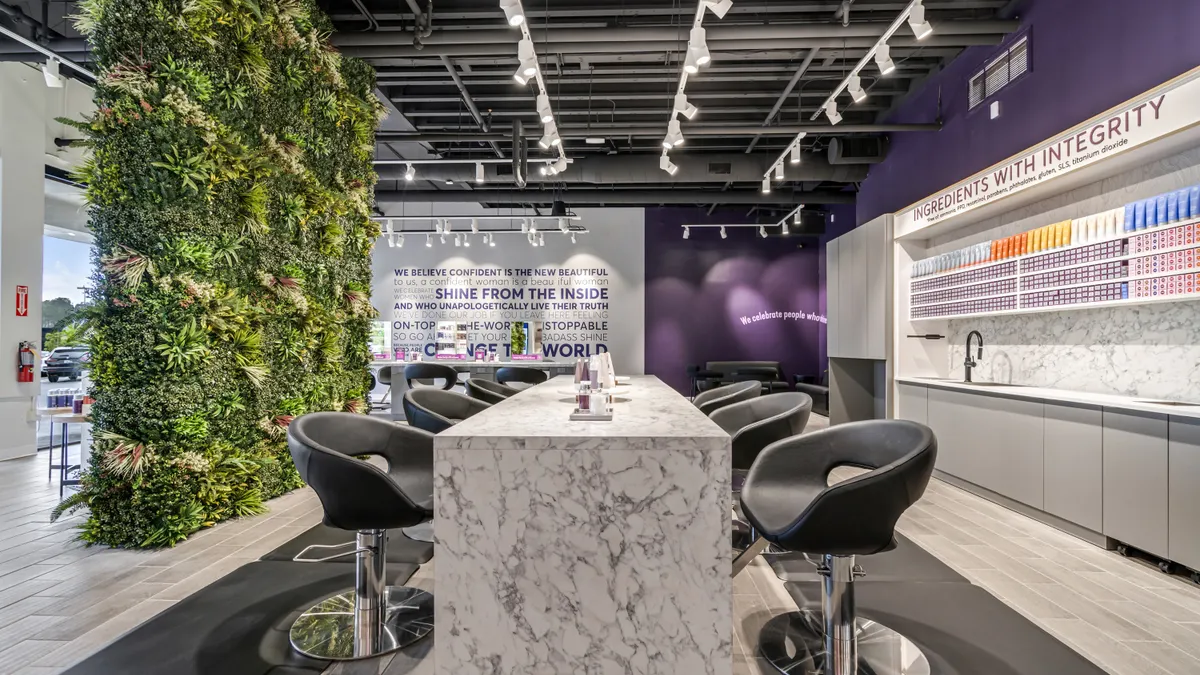Adidas informed customers of a breach last month. An unauthorized entity “obtained certain consumer data through a third-party customer service provider,” the sportswear retailer said in a statement.
Adidas isn’t alone. In recent months, retailers have suffered a string of cyberattacks. Nearly 2,900 North Face customer accounts were breached. Cartier was hacked and some client data stolen.
Incidents like these weaken customer trust and brand reputation, Sheryl Kingstone, research director of customer experience and commerce, at S&P Global Market Intelligence, and Stuart Vaeth, SVP of strategic business development at Trua, said during a Wednesday webinar. The result can be lost business.
“It absolutely impacts the reputation of that service provider,” Vaeth said. “Obviously, it erodes trust. People may not come back to your site if your data has been breached.”
Customers are worried about their data — and for good reason. Nearly 2 in 5 customers have been the victim of two or more breaches, according to S&P Global Market Intelligence. One-third have been the victim of identity theft within the past three years.
More than three-quarters are concerned about the risk of trying digital experiences or products that require sharing personal data online.
With customer data essential to providing personalized experiences, the safety of that data is as much a cybersecurity issue as it is a customer experience one, Kingston said.
“Because one of the top goals of businesses is to use the growth of this customer data to create more intelligent experiences, right?” Kingston said.
The mistake, Kingston said, is that businesses often look at this data in a silo.
“When we do take a look at things like what [chief information security officers] want or what privacy experts want versus what your marketing and your customer experience teams want, it becomes very complicated, because we need to mind the gaps,” Kingston said. “There's trade-offs between compliance and the customer experience.”
Businesses need to balance customer experience with risk and compliance.
“When we do look at how we're measuring and how businesses are measuring the metrics around it, security compliance teams look at ensuring risk and compliance, and what the CX leaders within an organization really wants to do is reducing customer friction points.”
While CX leaders in the U.S. are under the impression that they must aim for zero friction to prevent drop off, some friction can be beneficial, Vaeth said. Collecting customer data directly or asking customers for verification can offer that.
“Having this balance of some friction to give stronger safety and keep the user involved … is perfectly acceptable and will not impact drop off rates,” Vaeth said.
In fact, S&P Global Market Intelligence found that nearly three-quarters of consumers state that more transparency and control into how their personal data is being used would improve their brand loyalty.
“By building trust, you can really improve repeat purchases, improve that loyalty and satisfy customers so that they're likely to return,” Kingston said.












